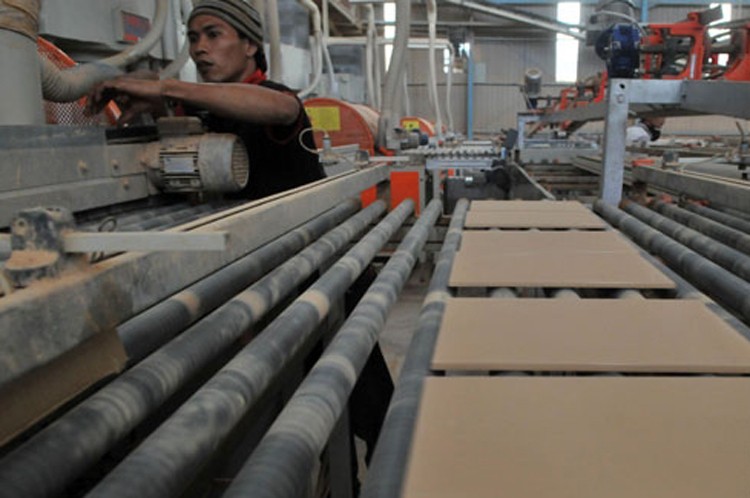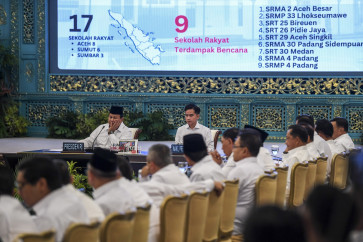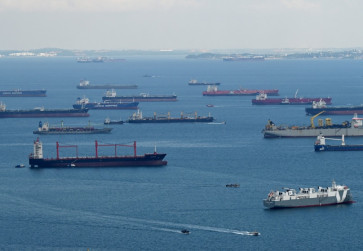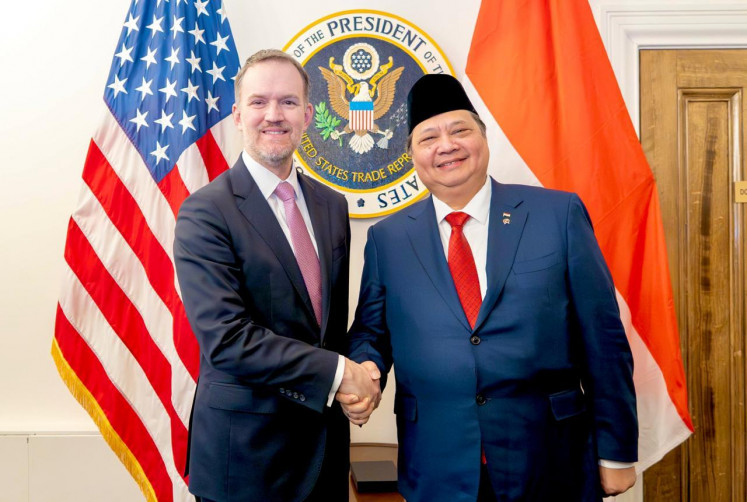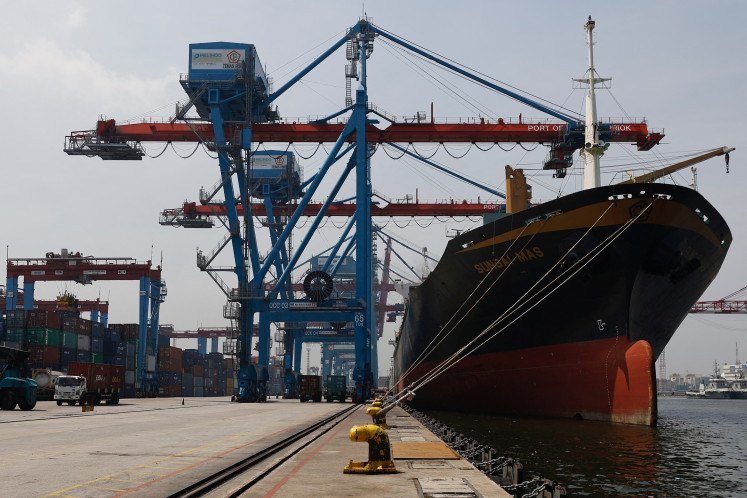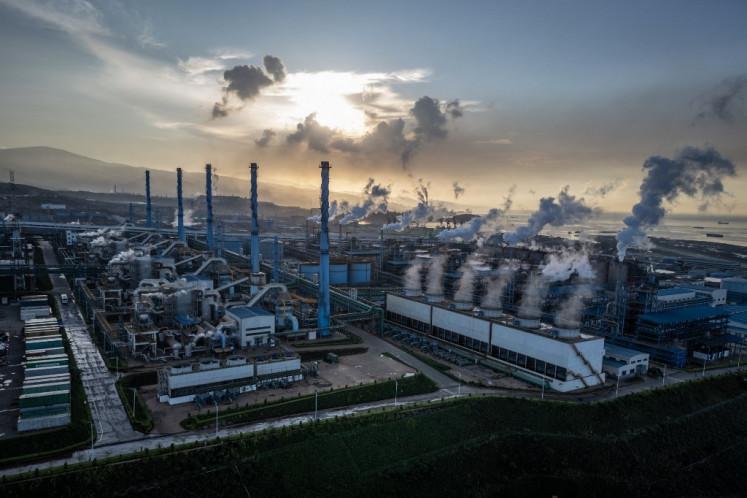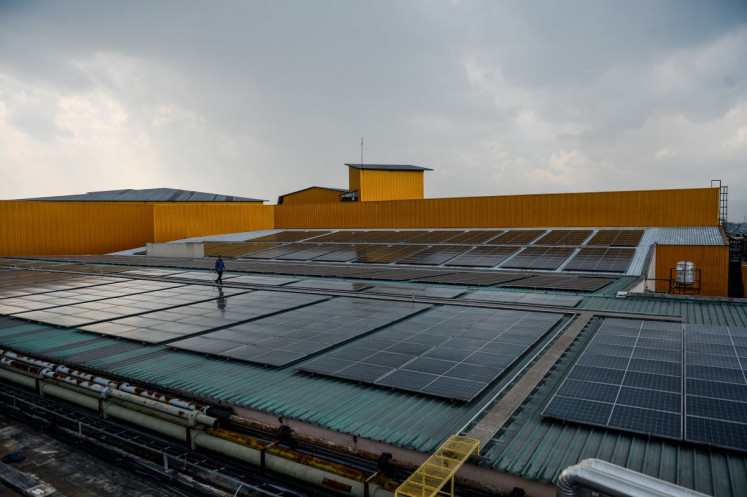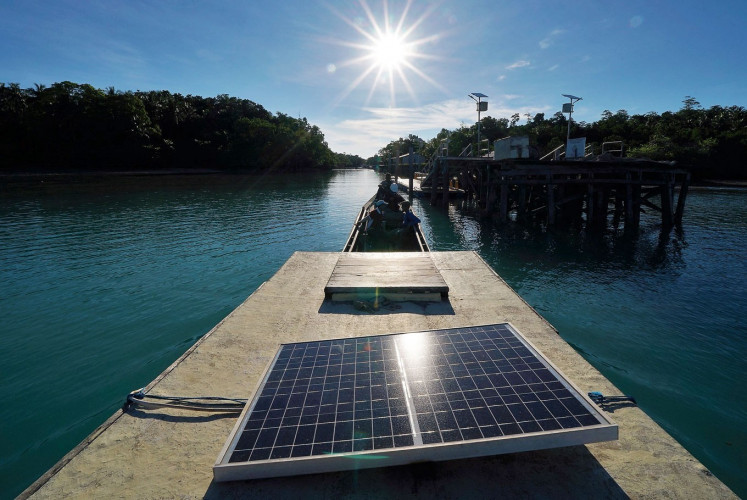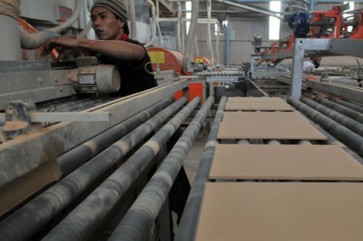Popular Reads
Top Results
Can't find what you're looking for?
View all search resultsPopular Reads
Top Results
Can't find what you're looking for?
View all search resultsCeramic makers protest cut in subsidized gas quota
Industry association Asaki has made its case at a meeting with House Commission VI on Monday, saying that PGN's move in August to cut the subsidized gas allocation to just 50 percent had led to increased costs for producers, as they had to source additional supplies at market prices.
Change text size
Gift Premium Articles
to Anyone
T
he Indonesian Ceramic Industry Association (Asaki) has expressed its concern over rising production costs due to a reduction in the subsidized gas allocation for the sector, saying the policy forced producers to obtain additional gas at costly market prices to ensure they had sufficient supply.
Speaking on Monday at a meeting with House of Representatives Commission VI, which oversees trade and industry, Asaki chairman Edy Suyanto said state-owned gas company PT PGN had cut the subsidized gas allocation by half starting this month.
“We have to pay for the rest of the gas at very high prices of up to US$13.85 per MMBtu [million British thermal units],” Edy said, as quoted by Kontan.co.id.
Read also: Govt scrambles to secure natural gas as output falls, demand rises
The government intervened in 2020 to maintain domestic gas prices through the HGBT program, which introduced a price cap of $6 per MMBtu for steel, ceramic, glass, petrochemical, fertilizer, oleochemical and rubber glove manufacturers.
The program was set to expire this year, but the government decided in July to extend it until at least the end of this year and is considering its expansion to include other industries.
Edy told the meeting that in February, PGN capped the allocation of subsidized gas at 60-70 percent for sales to eligible industries at a fixed price, citing upstream supply disruption.

